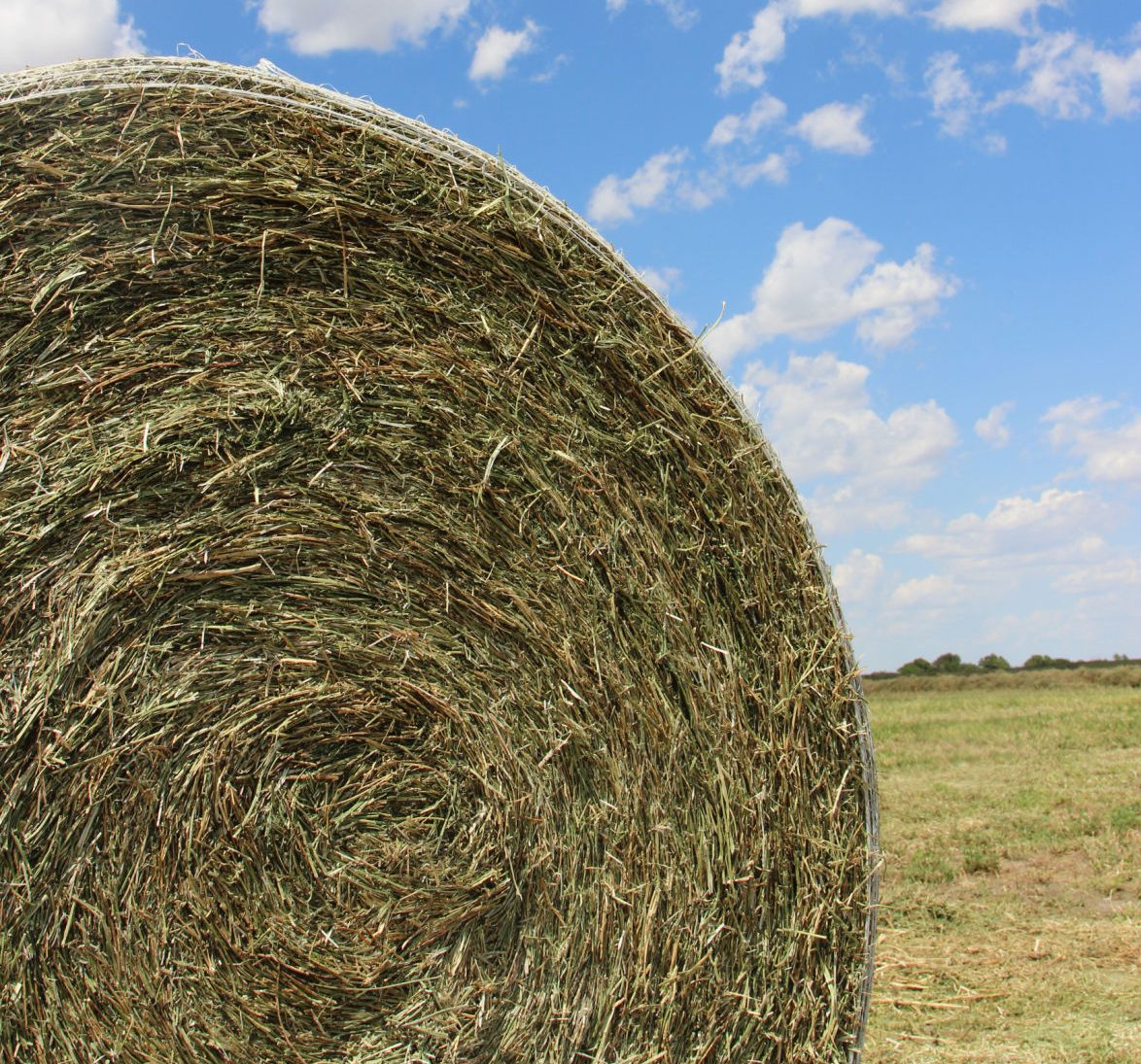State-By-State Hay Summary

Colorado—In the Dec. 5 report, compared to last report, trade activity and demand light. Some activity on the corn stalk market to feedlots. Small squares of horse hay steady to 25 cents higher per bale.
Missouri—In the Dec. 5 report, compared to last report, hay prices are steady although movement is very slow with a lot of hay just setting. The supply of hay is moderate to heavy, and demand is light.
Nebraska—In the Dec. 5 report, compared to last report, all reported forages sold steady to weak. Demand was good in the western side of the state with mostly light demand in all other areas. Still appears to be quite a lot of 2023 and 2024 hay inventories in many areas. Some farmers are baling cornstalks and selling them for less than baling cost just to get the “trash” off their fields. With the open fall and winter just around the corner, cows have been able to graze in open fields and limited supplementation has taken place. Some producers of hay with a cow herds are starting to think about not selling anymore hay as drought conditions are in the back of many minds. Some ranchers continue to liquidate cow herds adding more downward pressure to a stagnate hay market.
Oklahoma—In the Dec. 6 report, compared to the last report, trade continues to be slow to steady. Oklahoma still has an abundance of hay and the supply is still greater than the demand. Continuous rain through November has weakened the drought and helped with ponds and crops. Next report will be released Dec. 20.
Texas—In the Dec. 6 report, compared to last report, hay prices are mostly steady across all regions. Hay movement and demand are continuing to increase as warm season grasses are entering dormancy and cooler weather on the horizon. Winter wheat is beginning to make a stand in the Panhandle with the last bit of moisture. In the Southern region, cooler weather has slowed down warm season forage growth so hay production has wrapped up.
South Dakota—In the Dec. 6 report, compared to last report, hay sales are steady. According to U.S. Drought Monitor as of December 3, 2024, for the week, the region was generally dry except for some light snowfall across portions of the Dakotas.
New Mexico—As of the Nov. 22 report, the hay season was complete. No more reports will be issued until spring 2025.
Wyoming—In the Dec. 5 report, compared to the last report, according to producers movement and demand is light for this time of year all over Wyoming. According to the NASS Wyoming Crop Progress Report, as of Nov. 24, other hay second cutting is 93% harvested, pasture condition is 8% good condition and 22% fair condition. There will be no report Dec. 12.
Montana—In the Dec. 6 report, compared to last report, hay sold generally steady. Hay movement was very slow over the past two weeks. Warm weather and open pastures have allowed ranchers to keep cows out on pasture and even some up at higher elevations. This has helped drastically curb demand for hay. Supplies of hay remain heavy across much of the state. Demand from horse hay buyers remains good, however these sales are mostly single or partial load sales and not a large percentage of the market. Demand for dairy hay has lightened some. A heavier supply of dairy hay is available in Montana due to good weather this fall which allowed producers to put up lots of high quality hay. Feedlots showed some interest for high quality dairy quality hay but are not willing to pay what western dairies are purchasing hay for. Offerings are coming in from feed lots above feeding quality (utility to good), however offerings remain under what dairies purchased hay for earlier this fall as a result very little dairy quality hay is moving. Old crop (2023) hay and straw remains on the market and producers are struggling to move this hay as many report offerings are under production cost. Some sales of old crop hay were seen this past week as producers are trying to sell through this hay in order to keep carryover light for this season.



